Eating healthy seems to be getting harder these days with busy schedules, a high cost of living, and low wages. Everything can feel like it's against you making a healthy grocery list on a budget, but here are some tricks to make it easier.

Getting the most for your money is always the ideal solution, so even if you aren't "on a budget," trying to get the most for your money means that you have more cash to spend elsewhere.
But we care about our family's health and nutrition, and even feeding picky kids meals can feel like a challenge when all they want to do is load up on McDonald's nuggets and fries.
These shopping tips can help you get the most for your grocery budget and let you eat healthy foods without costing you a fortune.
Jump to:
Three Tips for Success
Honestly, it's pretty easy to make a healthy grocery list on a budget
The most important things to do are:
- Budgeting
- Meal Planning
- Food Portioning
If you can do those 3 things and do them well, then you're golden. That being said, there are a lot of factors to consider for each, as they aren't so cut and dry. You should also be careful not to give too little attention to either category, as they all play big roles in this adventure.
Note: If you're paying for groceries with an EBT or WIC voucher make sure to check out What Can You Buy with EBT? and EBT Extra Benefits (WIC Included) so you can maximize your benefits.
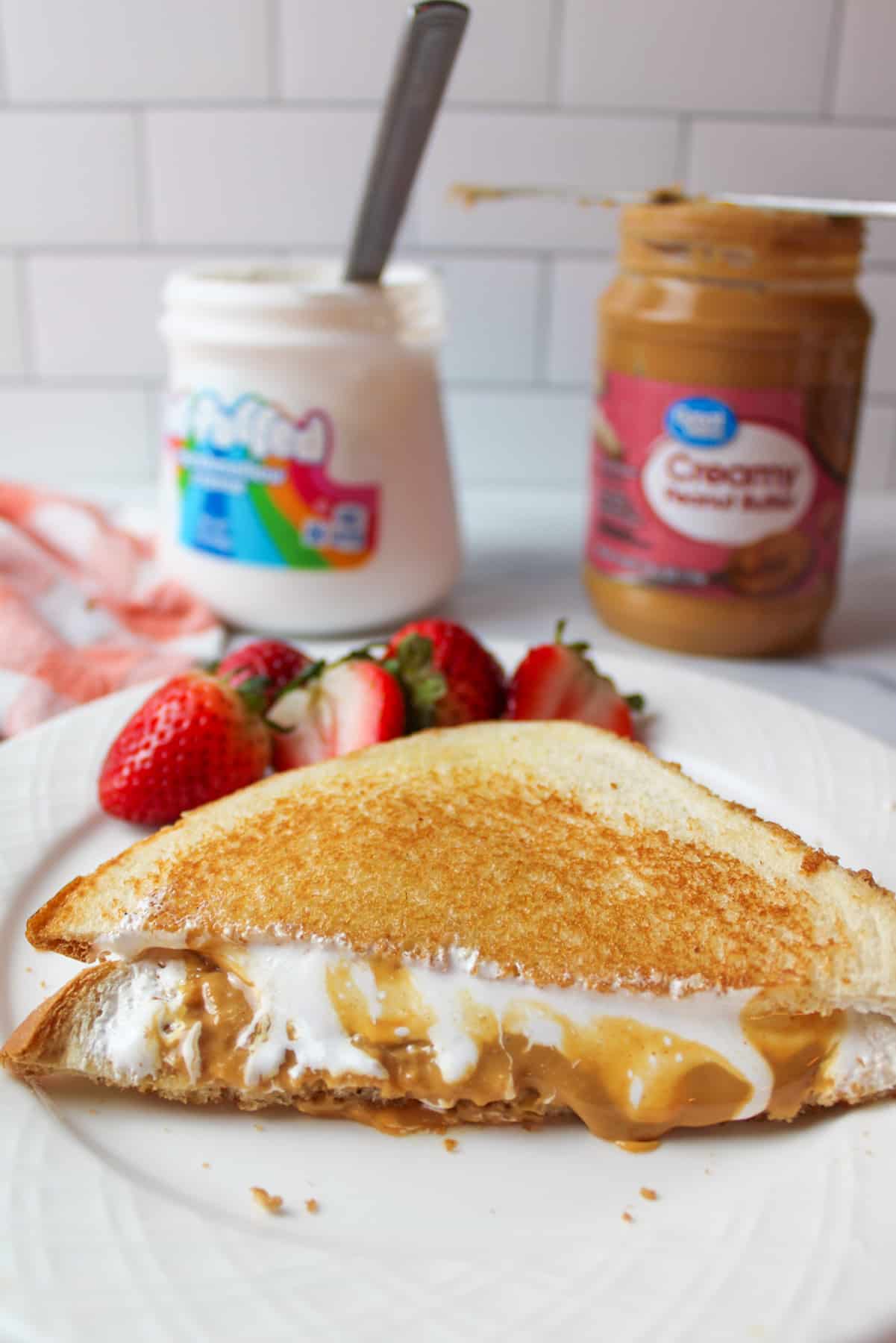
Grocery Budgeting
Before Making a Grocery List
Budgeting for your food is something that you should both start with and end with. You have to first determine how much money to spend and make your grocery budget so that you don't accidentally spend too much. See Grocery Shopping Tips on a Budget.
By having an actual allotted amount of money for groceries and staying aware of it, you can be better at meal planning and forming your grocery list so that you don't overspend. It also helps to keep you in line and avoid impulsive purchases.
After Making a Grocery List
After you make your shopping list, add up the estimated totals of each item on the list and see if it is still within your budget. If it's not, then figure out where you can trim costs.
Most of the time, you can save a few cents or bucks right off of the top by simply choosing a cheaper alternative (especially if you're trying to save money on meat).
Some examples include:
- Switching a beef roast for a pork roast. Pork is almost always cheaper than beef and sometimes less than half the sticker price! As nice as a Slow Cooker Beef Roast is, a Honey Mustard Pork Shoulder Roast would be a much cheaper alternative and provide more meat for the cost.
- Choosing dark meat pieces of chicken, like quarters, thighs, or drumsticks, can be a lot cheaper than chicken breasts. There are a LOT of great dark chicken recipes out there like Baked BBQ Chicken Thighs and Air Fryer Chicken Leg Quarters.
- An entire chicken (whole) can be cheaper than buying individual pieces. Think of it as a general rule of thumb "The less processed or "cut" the meat is, the cheaper it is because less labor went into it." You can turn whole chicken into delicious meals like Oven Beer Butt Chicken and Roasted Chicken with Potatoes and Carrots.
- A beef chuck roast is cheaper per pound than a chuck steak. It's the same cut of beef, but one was more processed. Even cheaper cuts of beef roast can be turned into a Poor Mans Prime Rib.
- Pork shoulders or pork butts are often fairly cheap per pound and can be a great ham or roast. Buying bone-in also means you can use a bone for a future batch of soup, broth, or beans.
I will always choose pork roasts over beef roasts simply because of the price alone. With a good sale, I can get bone-in pork shoulders for about $10-$15 and cut them into 3 smaller portions of pork roasts for my family of 4.
My local Sam's Club has 8-10lb pork loins which I divide into 4 roasts or turn into pork chops by slicing them smaller. Sometimes I make Garlic Brown Sugar Pork Tenderloin and add simpler side dishes like Instant Pot Boxed Au Gratin Potatoes and Roasted Brussel Sprouts and Carrots. There's more physical effort on my part, but I get to keep the savings in my pocket too.
There are a ton of ways to switch up your list, and adjusting the meats will make a dent in your grocery budget. You can't live off of sirloin if you have a ground turkey budget.
This tip is just the "tip of the iceberg."

Under Budget?
What do you do if your healthy grocery list comes in under budget?
While most people might think of it as "instant savings" and be thankful that there is money to put toward other things. This can be great for people doing a no sped challenge (see: The No Spend Challenge Guide) but that's when the savings are applied to a specific goal.
If you don't have a goal in place, use the savings to help you later. A frugal shopper with a positive money mindset can see that extra money and see ways to spend it now, which will help the family in the future.
I call it stockpiling on a budget. Buying frugal pantry staples and essentials like rice, brown sugar, flour, oats, and butter can all be great because they can be used in millions of recipes and will be used in one way or another.
If you can fit them into your budget, then do so, but do so wisely.
Compare store ads first and think ahead to the current sales cycles that we're experiencing or will be soon. Just because you can afford to spend $5 on bag large bag of sugar that you don't need now doesn't mean it's a great deal, especially if it's going to be half-price next week (or next month).
There are several websites online that offer preview scans of local grocery ads a week or more in advance. All you have to do is Google for them.
By creating a little stockpile of pantry goods and freezable groceries like discounted bread (it freezes well), you're opening yourself up to future savings. Just make sure that you rotate the goods and start Meal Planning with Leftover Food. Don't let things expire or become food waste (because that is a waste of money too).
If you fear you have food going to waste, do a no spend pantry challenge to use up what you have. This can save you money on groceries this month and afford to replenish the little stockpile the following month or save enough money to pay off a debt or buy something nice.
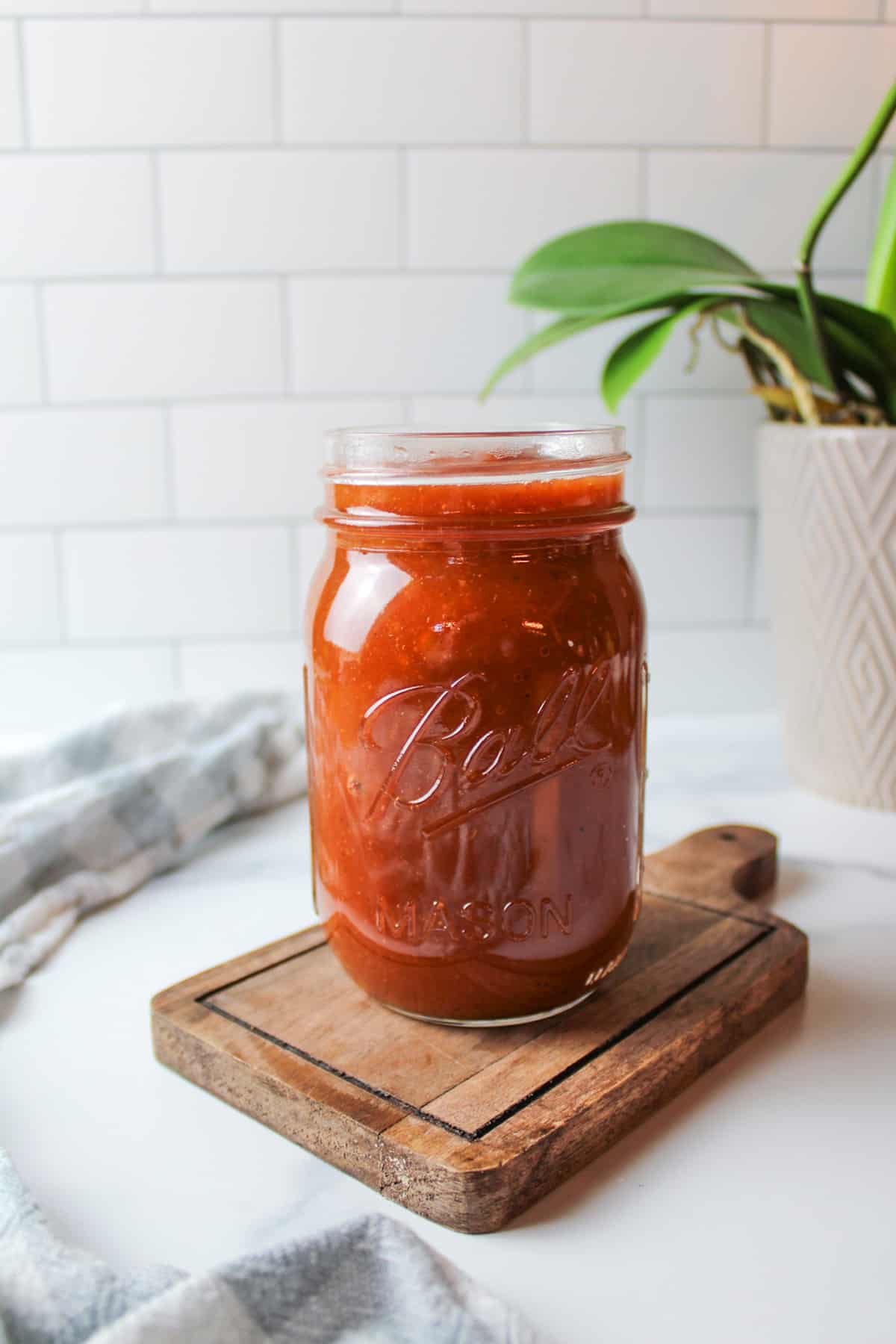
How to Always Stay Under Budget
Overestimate the cost of your groceries, and always try to be under budget. This will help you with the end of shopping taxes and fees that get added on, as well as allow you to walk away with some savings.
If your lime is $0.60, each write it off in your mind as costing an entire dollar. This not only makes math easier, but it's more than enough for taxes too.
We all know that things can ring up wrong at the register, and we don't notice until after it's too late. Having this "buffer" in the budget means that you can afford these small inconveniences without feeling the shame of putting items back.
Also, if you plan on using any money making/saving apps like the rebate app Ibotta, you'll want to not include their savings in your budget planning. Instead, think of the money back savings on your receipt as a happy bonus.

Meal Planning
This is possibly the most time consuming portion of the entire thing. Trying to eat healthy on a budget is crazy difficult when you have picky eaters, or the things you want aren't on sale.
Not only that, but meal planning means that you have to know what you want to eat days/weeks in advance! I don't know about you, but a majority of the time, I don't know what I want to eat until there's about an hour left on the clock, and then I'm scrambling to find something I can make with frozen meat or making a meal plan with leftovers from the fridge.
Meal planning on a tight budget and grocery budgeting go hand in hand. With grocery budgeting, you're lowering your expenses to fit within a set limit, and with meal planning, you're taking what you can afford and turning it into as many meals as possible
There is so much more to meal planning than simply taking a blank calendar and slapping some meals on every date, and I'm going to share some incredible meal planning tips to help you get the most out of your healthy groceries and make meal planning easy.
Tips for meal planning
First, let me blow your mind with this tidbit of knowledge- there are two ways to meal plan, and depending on your organization/planning skills as a person, one may be better for you than the other, so don't feel bad if you try traditional meal planning and fall short of expectations.
Traditional meal planning and reverse meal planning are both equally important. Traditional means you look, plan, and then shop, while reverse means that you look, shop, and then plan.
Things to do before grocery shopping
- Before you go grocery shopping, take an inventory of what is already inside your home.
- Visualize some of the meals that these items can be used for.
- Decide how long you'll be shopping for and think of your obligations and commitments during this time. Making a healthy grocery list on a budget means not stocking up on fresh produce that will spoil before it can be used, so make sure you have the time in your week to properly use prep and cook them.
- Look at store sales and figure out what's currently on sale. If the store's weekly sales are about to change, look ahead and see what will be on sale and figure out if it's best to shop now or later. (Most grocery stores have online ad previews).
- If you notice one store is cheaper than the other, consider doing the bulk of your shopping there but don't be afraid to divide your shopping trip into multiple stores to get the biggest bang for your buck.
- Plan to shop in a U pattern, meaning that you leave the house and hit up the closest store before moving to the other and then coming back home. This promotes gas efficiency so that you don't have to waste gas driving around town like a ping pong ball.
- It may help to keep a cooler in the car, depending on what you buy from where, and remembering you have food in the car can promote faster shopping with less idle time in the aisles.
If you're a traditional meal planner, after inventory checks and store comparisons, you make your cheap weekly or monthly meal plan.
If you're a reverse meal planner, after inventory checks and store comparisons is when you head to the store and look for deals that pair with what you have at home.
Create a mental meal plan (or written plan) as you shop. Come home and get it written on a calendar so that it is official and unforgettable.
Try to give a few days for leftovers or to use those for lunches to save money, food waste, and time. Don't be afraid of tossing a few frugal meals or cheap family dinners into the mix because a few days of unhealthy, filling food isn't going to hurt if you eat balanced enough.

How to Eat Healthy on a Budget
Make food from scratch whenever possible and cut out processed foods.
- Instead of buying boxed stuffing mix, dry your bread ends and make your own.
- Take leftover hot dog buns and bread ends and make some bread pudding with hamburger buns.
- Make sheet pan pancakes, sourdough bread, and white bread from scratch (those things are significantly cheaper to make at home unless you have a discount bread store).
- Don't buy canned condensed soups. Make your own using a roux and chicken bullion (there's a lot less salt this way too!)
- Chicken stock can be an overnight thing in the crockpot, and it makes a bunch!
There are so many things that you can make with flour, sugar, butter, and spices that you're buying at the store. It might take some time, but it can save you money and provide the satisfaction of knowing what's in your food.
A good rule of thumb is to shop only in the outermost aisles of the grocery store. You'll notice meats, bread, dairy sections, and the fresh produce are usually along the outermost walls of the store, while all of the nonperishables are in the center aisles.
Getting a good mix of the outer and inner aisles can lead to a more balanced diet and budget.
Coupons
Using coupons is super easy once you get the hang of it. As an avid "extreme" couponer myself, I could easily write a novel about using coupons and how they're so great. I'll try to keep this short, though. (See: Extreme Couponing for Beginners if you want more tips).
Coupons are becoming more digital with stores, simply clip in an app and add to your card. This helps you to avoid the hassle of carrying the paper around in stores and can help you to avoid mistakes (accidentally grabbing the wrong product size, ineligible items, etc.).
The digital coupons will only work on valid items and the some store apps like Kroger will say if an item in your virtual cart has a coupon eligible.
Paper coupons can still be found online and in the Sunday newspaper inserts. There are tons of couponing groups on Facebook. Simply searching for these can help you to get a better grasp of couponing language and understand shopping secrets they've learned over the years.
Discounted Products
Most grocery stores have a section (or several) dedicated to selling discounted items. Either returns, damaged boxes, close to sell by date, or discontinued items.
I love checking mine out- I always find goodies.
Discounted produce and dairy products like sour cream and yogurt are great if they'll be eaten before they truly go bad.
Discounted meats often have some people turning up their noses because they think it's bad, but trust me- if the meat were bad, you'd smell it from a few feet away, and the stench doesn't go away after cooking.
Some meats will turn brown when exposed to the air. This process is called oxidation, and bloody meats were roughly handled at one point, but they are still fine if the package isn't leaking or ripped open anywhere.
Accepting Help
If you're a low income family struggling to make ends meet, use the resources available to help you to eat a healthier diet than just ramen and canned tuna. That said there is a LOT you can make with ramen and tuna like Spicy Peanut Butter Ramen and Air Fryer Tuna Melt.
There are numerous programs out there to help with food expenses, from WIC to EBT to your local church or nonprofit organizations. While you may not qualify for all of the programs (some have strict income limits), others have no limits at all. It's just a matter of research to see what you can find near you.
[Related] See what you can buy with EBT or see EBT Extra Benefits (WIC Included)
Don't forget to check Facebook by searching "(your area/location) no buy group." This is a local-to-you freebie page of people giving unwanted things away for free, often baby items or food. Not every area has one, but they are popping up in major cities and surrounding areas.
Some areas (usually near major cities) are able to use the apps "Too Good to Go" for discounted groceries and restaurant foods. All you have to do is pay for them and pick them up. There are several apps like this and they work in locations all over the world.
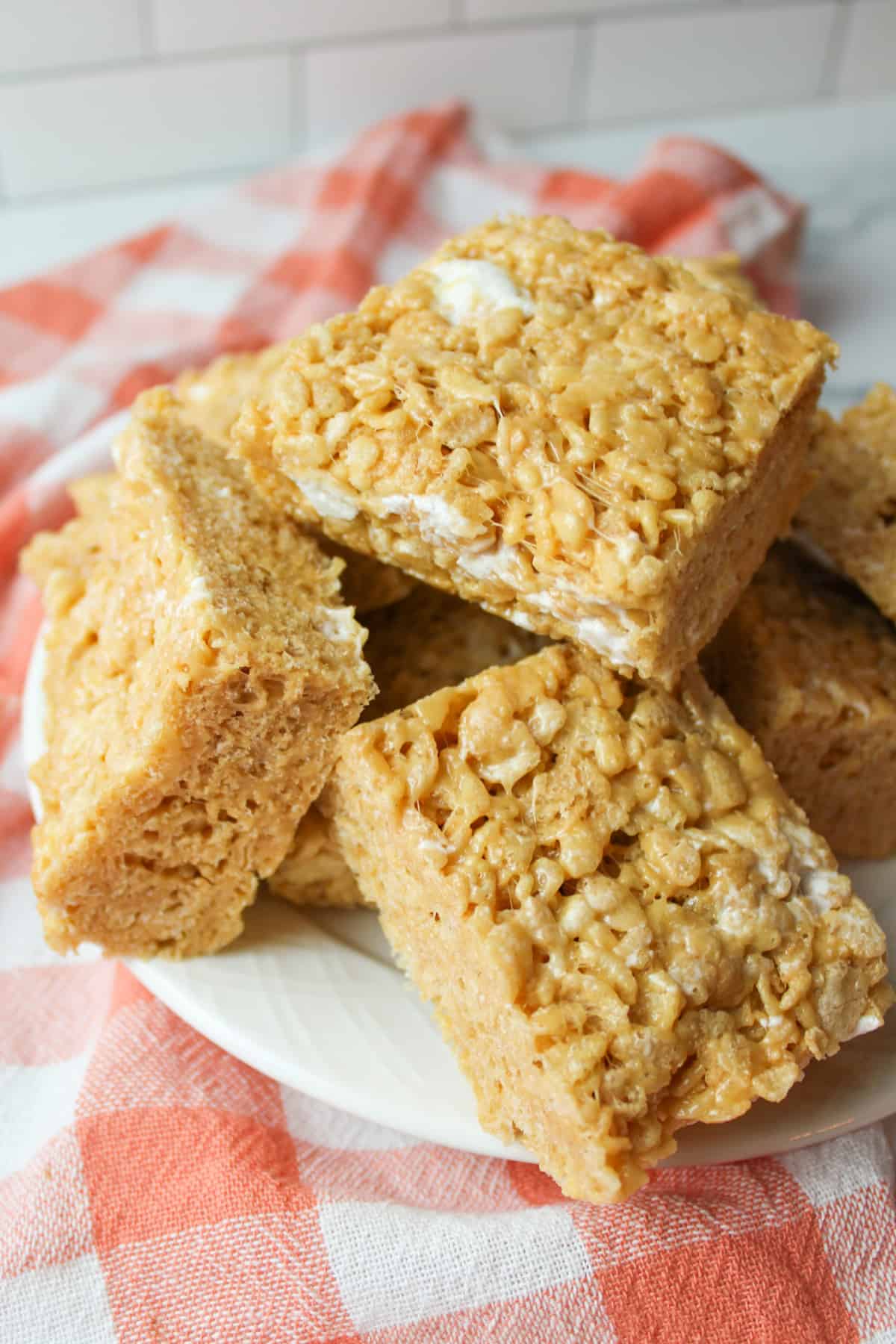
Food Portioning
Creating a budget and making a meal plan would be pointless without food portioning.
As a parent, I know that if I spend $200 on snacks that my kids like and I want them to last an entire month, I have to hide almost all of them and distribute them accordingly to have them stretch. Otherwise, they'd be gone after one long weekend at home.
The moment the kids see that there is a lot- they'll want a lot.
The same goes for pretty much everything. You're more likely to overeat when the house is full of food. Snack binging while watching TV, going back for another treat to hold you over until dinner, etc. Kids and adults are all guilty of this so it's something to be aware of.
And before you know it, the end of the month (or week) is here, and you've got a few days until you're grocery shopping again, and your house is empty.
Portioning out food is important!
Tips for portioning food
If you want leftovers from one meal to make another meal, portion that amount out before offering the fresh meal to the family.
If you serve plates with the portions already on them, you can be in control of how much of what is being eaten.
But there are some things to consider:
- You have to have a good understanding of how much someone is able to eat. You don't want to overfill their plates. It's better to go back for second helpings than it is to waste half a plate of food.
- Kids and adults don't eat the same amount, but kids are growing and often go through growth spurts where they can eat more than an adult and still not feel full. So there should always be an option for kids to eat more servings or have something else that they can eat after dinner if they're hungry again. (I keep fresh bananas, apples, and yogurt on hand if they have bottomless pit stomachs and need to feel fuller.)
- Kids often get the feeling of hunger and thirst confused, so offering them a tall glass of water to accompany dinner can help them to feel fuller as well. Water is super important in anyone's diet, but having a beverage with meals can help with digestion as well.
Food portioning example
A family of 3 can stretch an entire chicken into about 4-7 meals without "feeling the hurt." (This depends pretty heavily on the size of the chicken, 5lbs+ is recommended.)
- Night one, cook it whole and only cut off a breast to eat for dinner. Serve it sliced into coins and pile plates with veggies and a starch like Red Skin Mashed Potatoes. You can add more protein to the plate with beans or protein-rich veggies or serve more protein throughout the day in other meals or snacks.
- (A bowl of cereal with whole milk is roughly 10g of protein, a peanut butter sandwich is about 11g and then there's protein in vegetables like broccoli too, so you'd be surprised how fast you can meet your daily needs without much meat.)
- Shred the remaining meat and save it in 1 cup bags for other meals. Soups, casseroles, chicken pot pie, chicken enchilada filling, salad topping, etc.
- Not to mention you can cook the bones in a large pot or crockpot for homemade bone broth to make more meals with too.
Food portioning is all about creativity in the kitchen for this category because the chef and their vision are what really pull meals together and get things to stretch further.
Meat is not the only form of protein, and there are many cheaper protein options out there, so simply adjusting the side dishes or meals throughout the day to include more protein can help to have everyone feel fuller.

Recap
Budget-
What I call the fun part, finding those hidden savings everywhere and making small switches to get things to stay in the budget you have set. Rounding up when shopping and coming in under budget.
Meal Planning-
The hardest part, but the most essential. All about working with what you have, and making it work for your family as well.
Food portioning-
All about creativity in the kitchen, and giving portions you know you’re family will eat as opposed to filling plates and wasting food.
With these three simple things, you can make healthy grocery lists on a budget and enjoy some tasty savings.

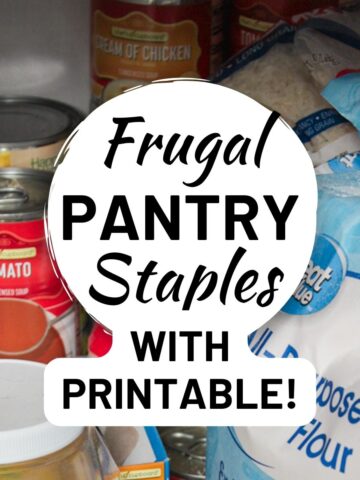
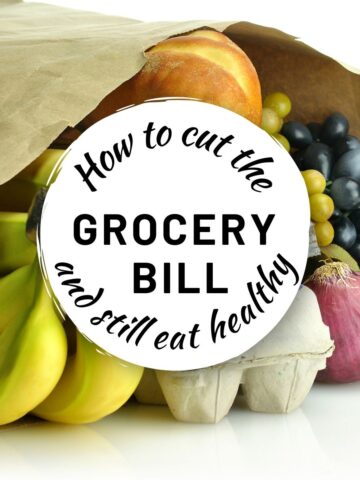
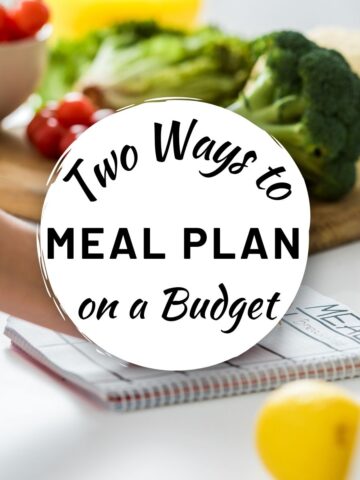
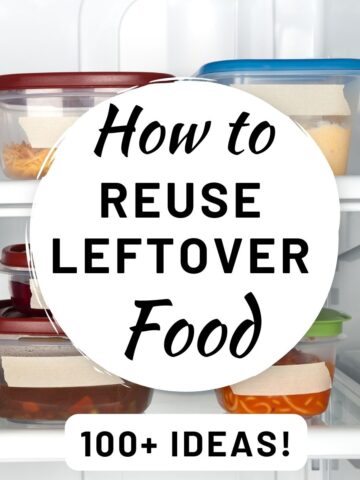
Comments
No Comments